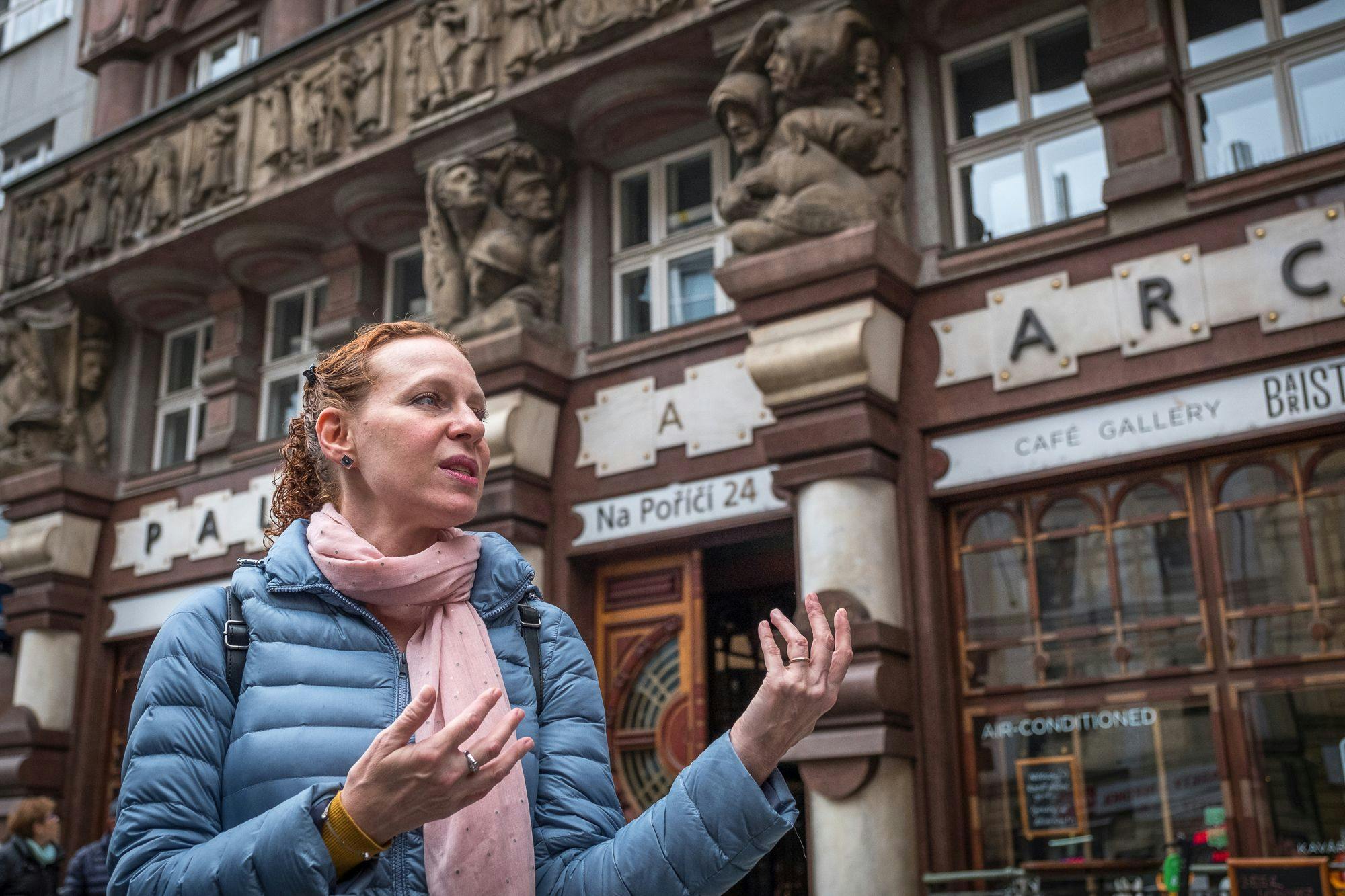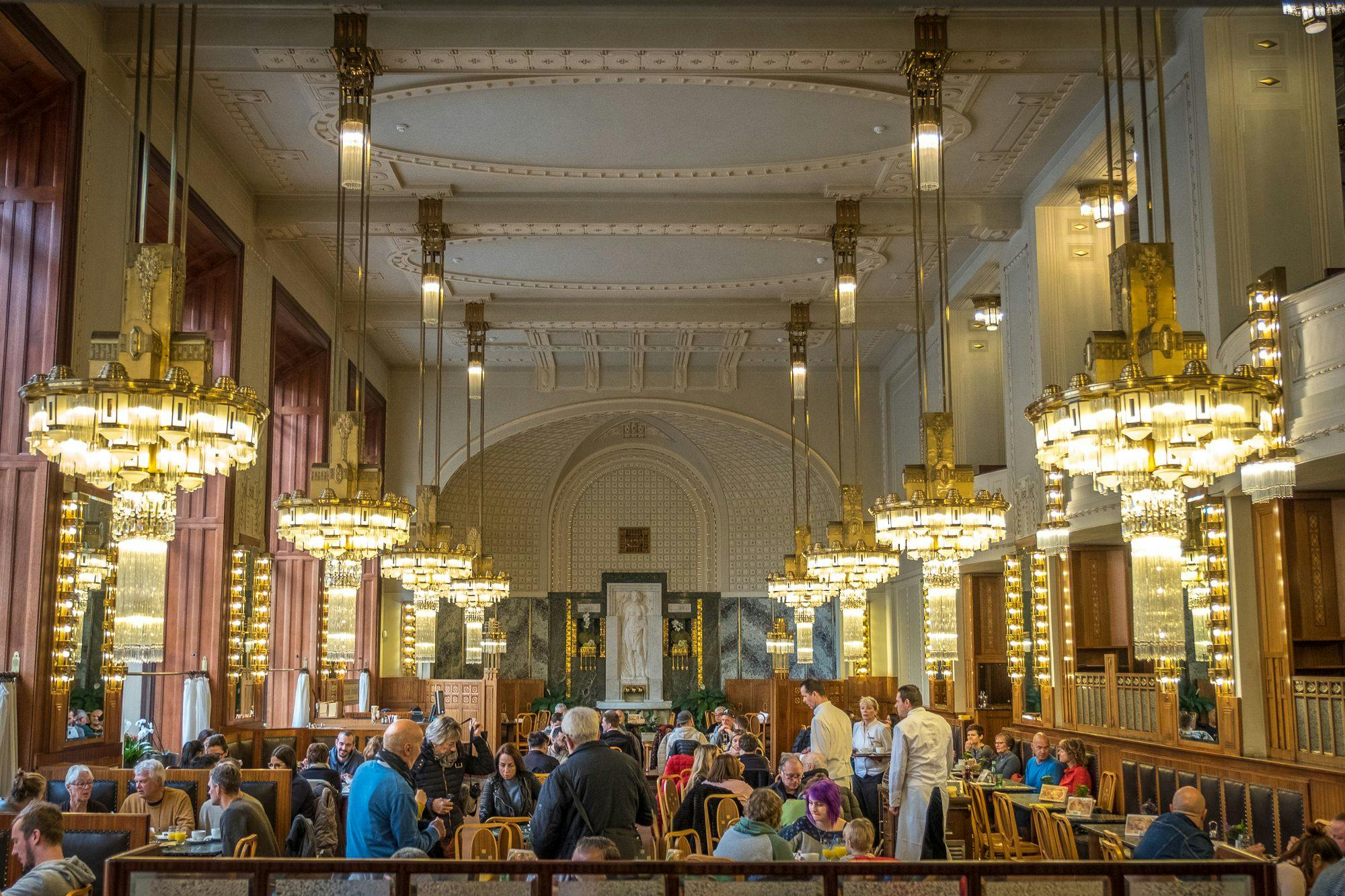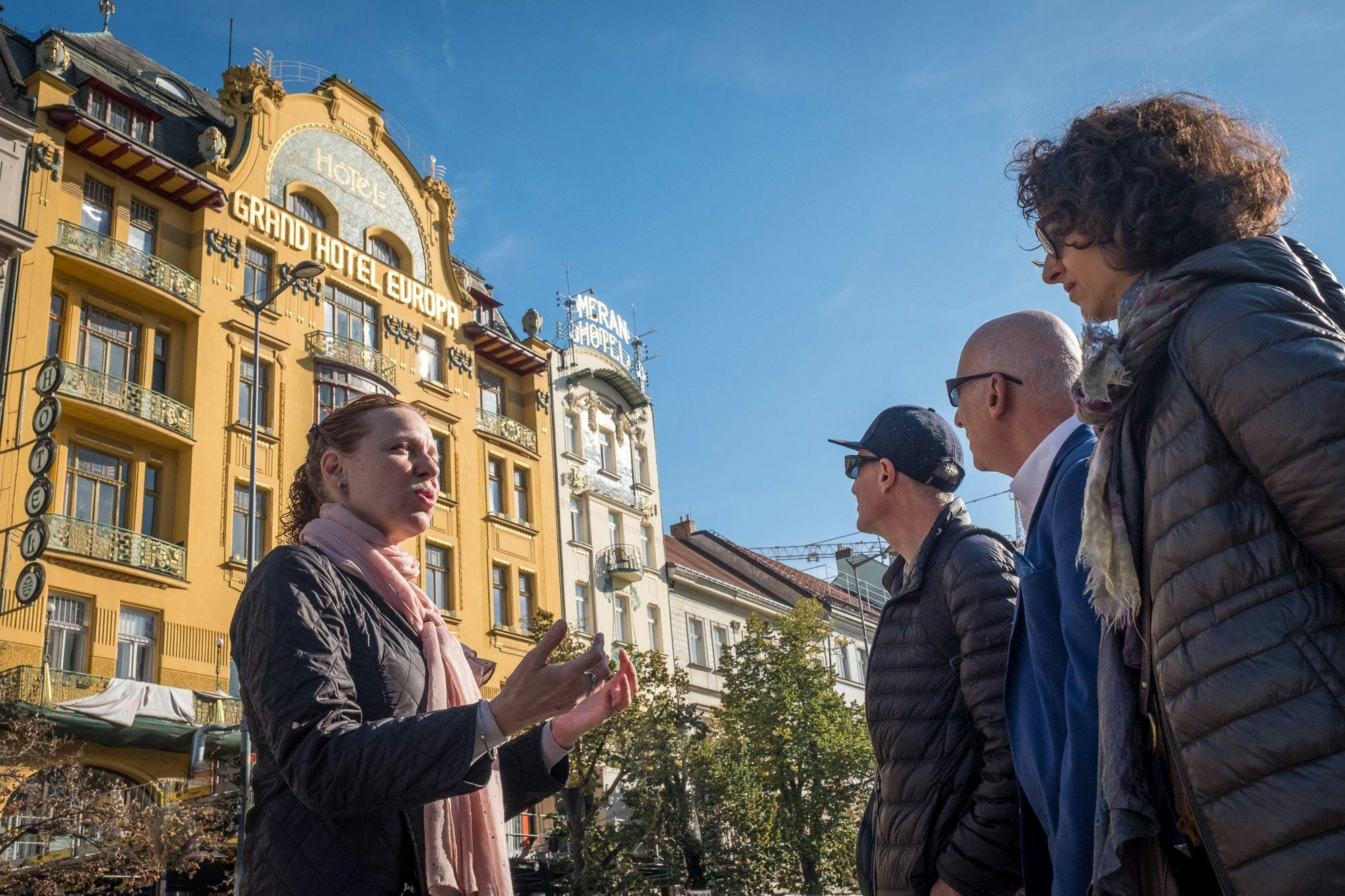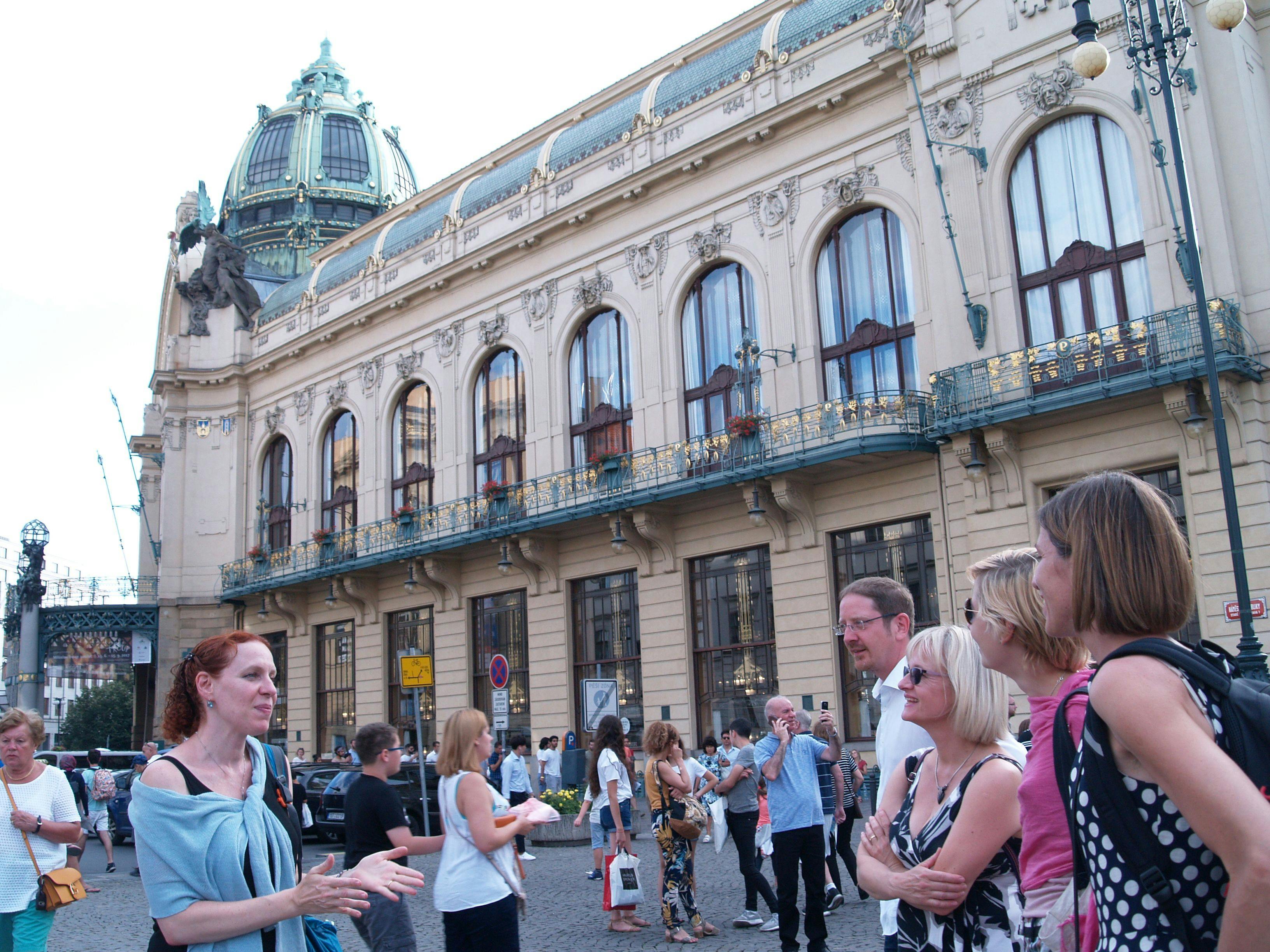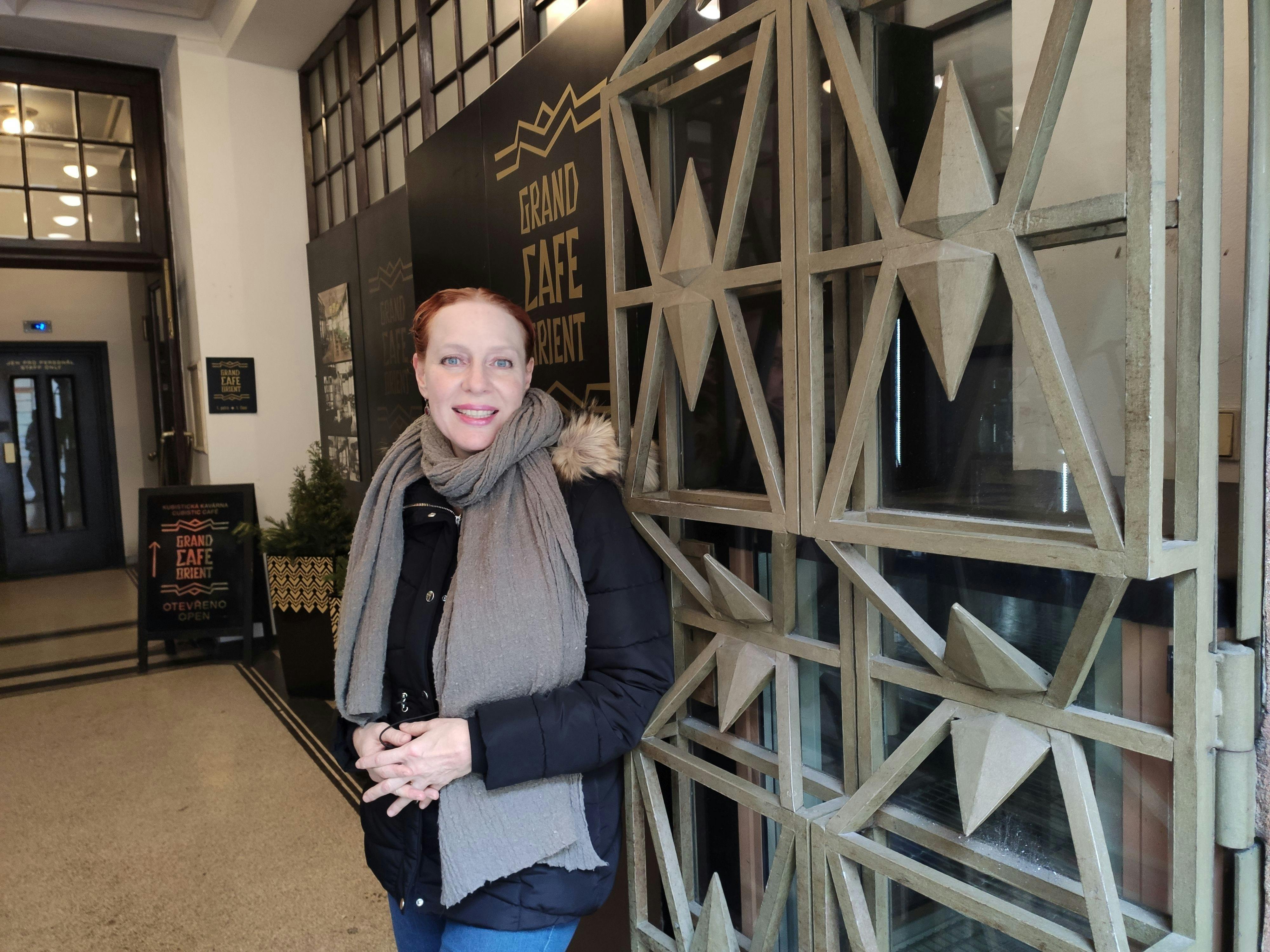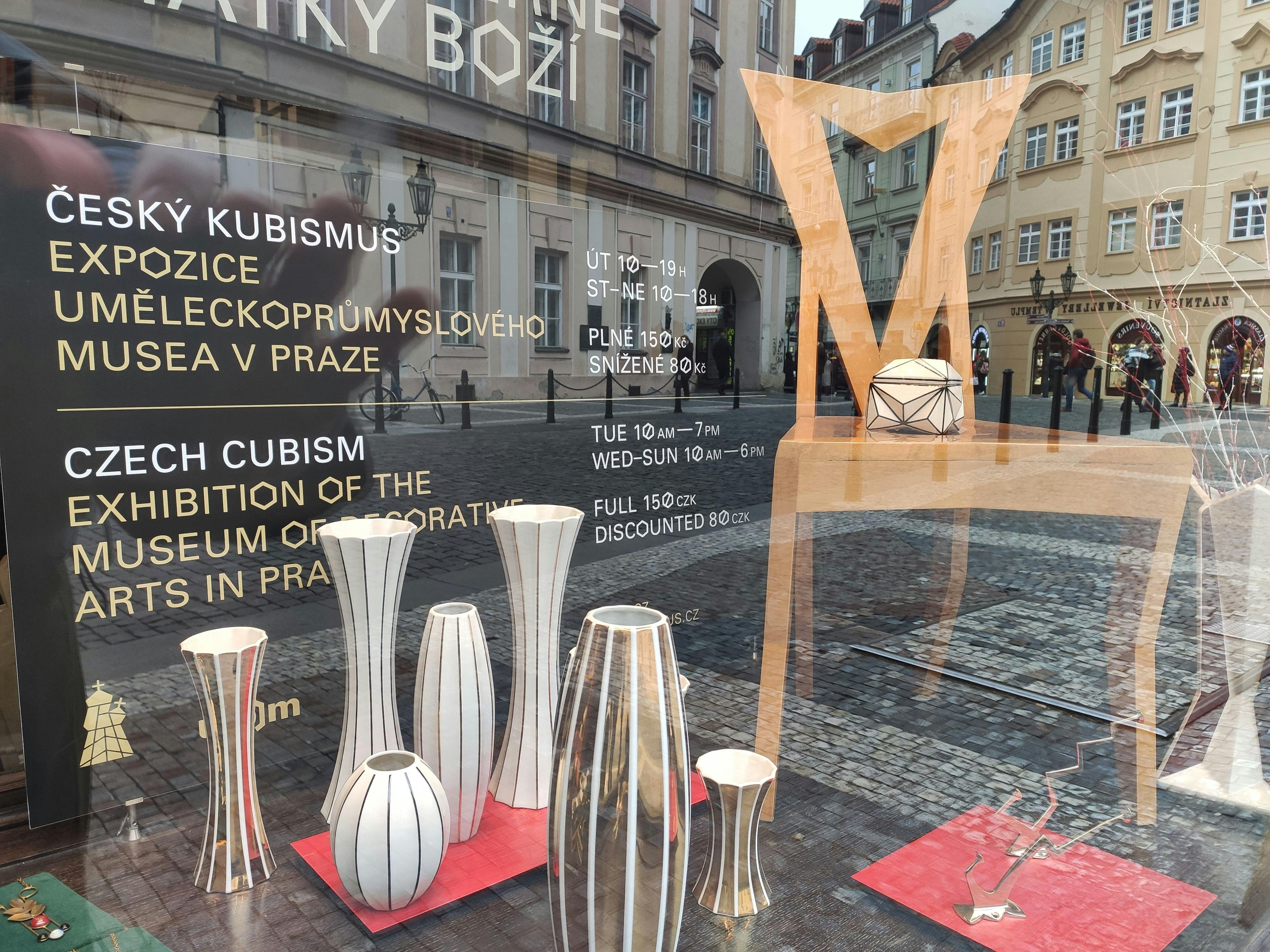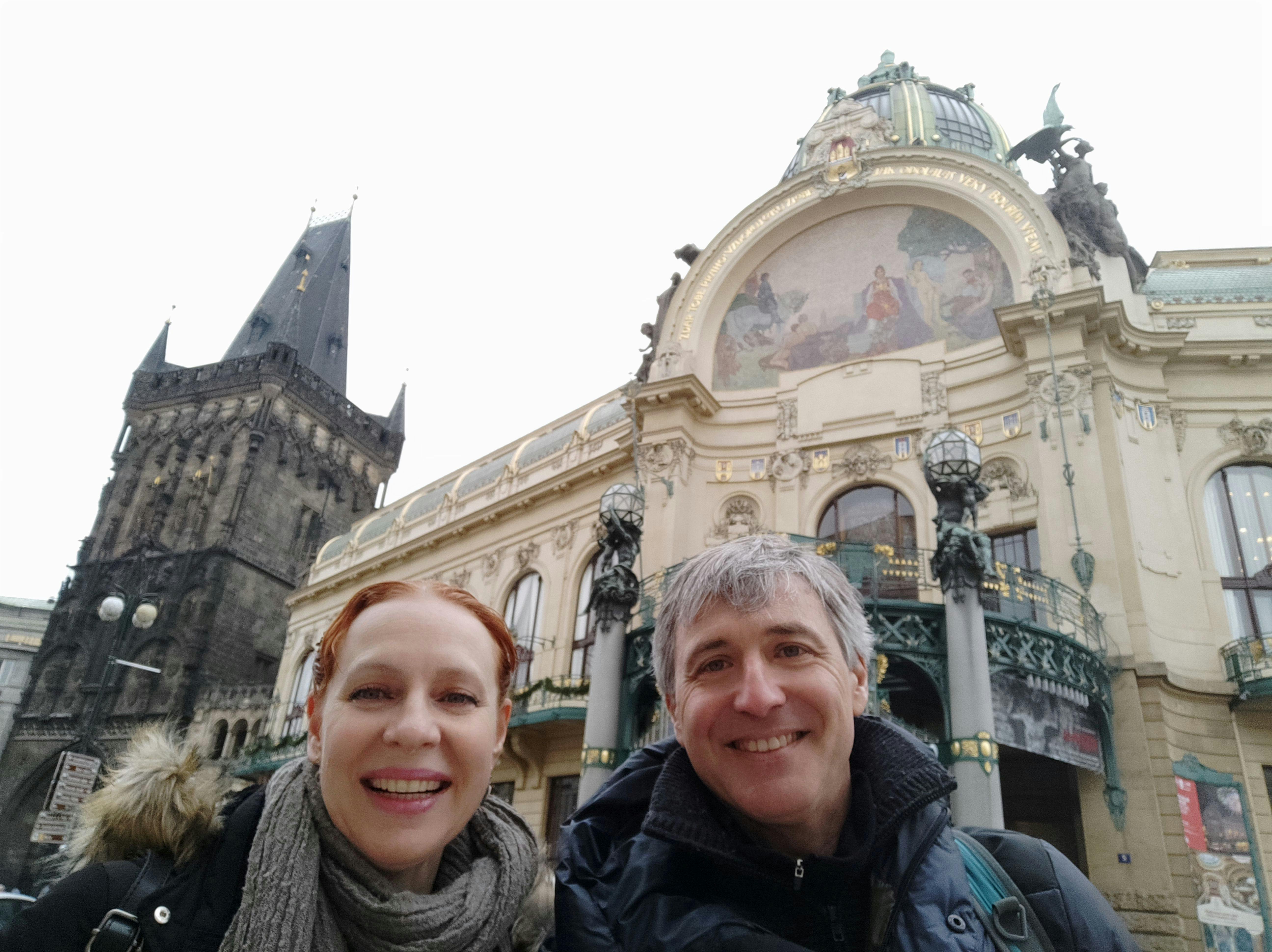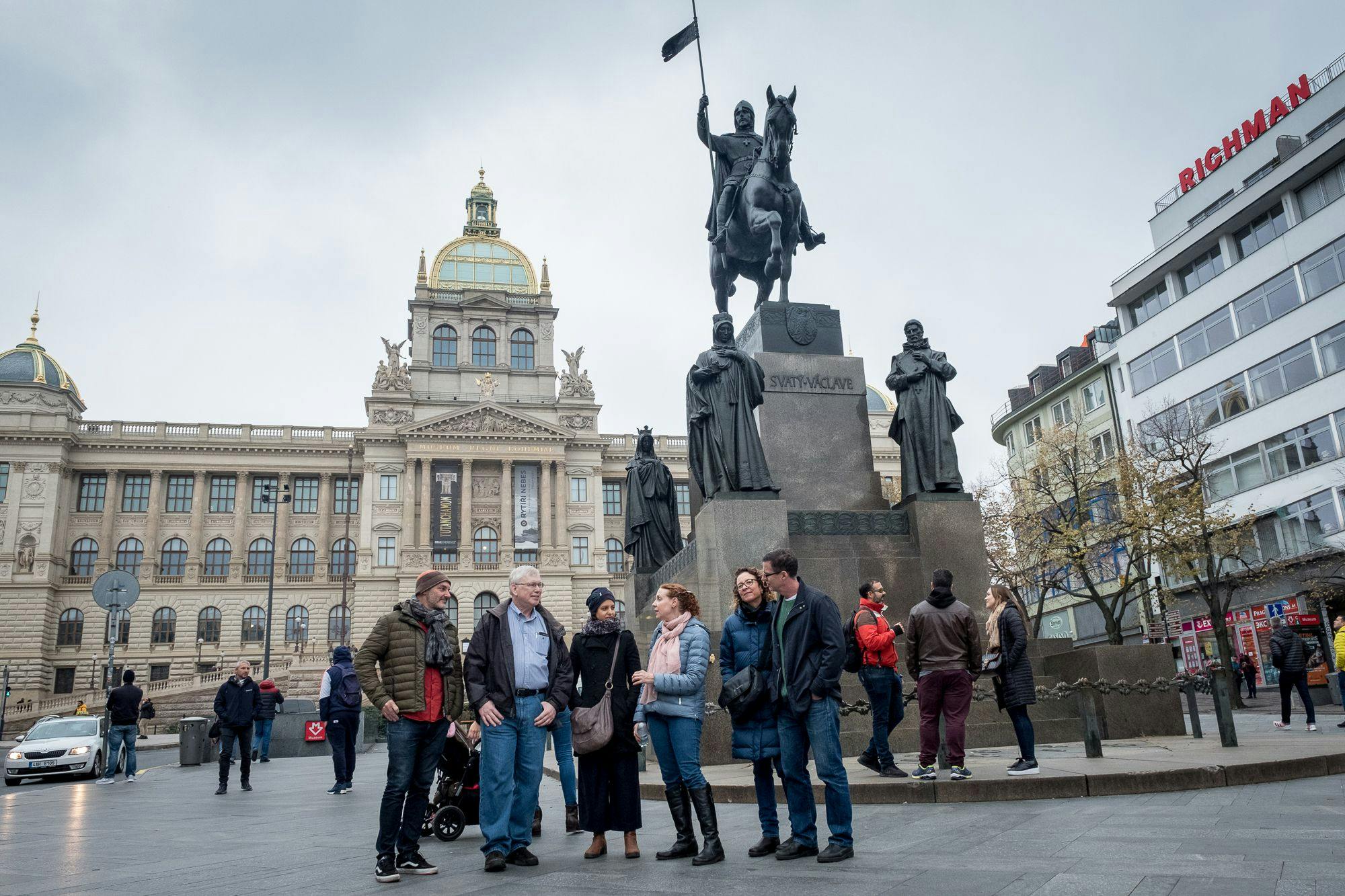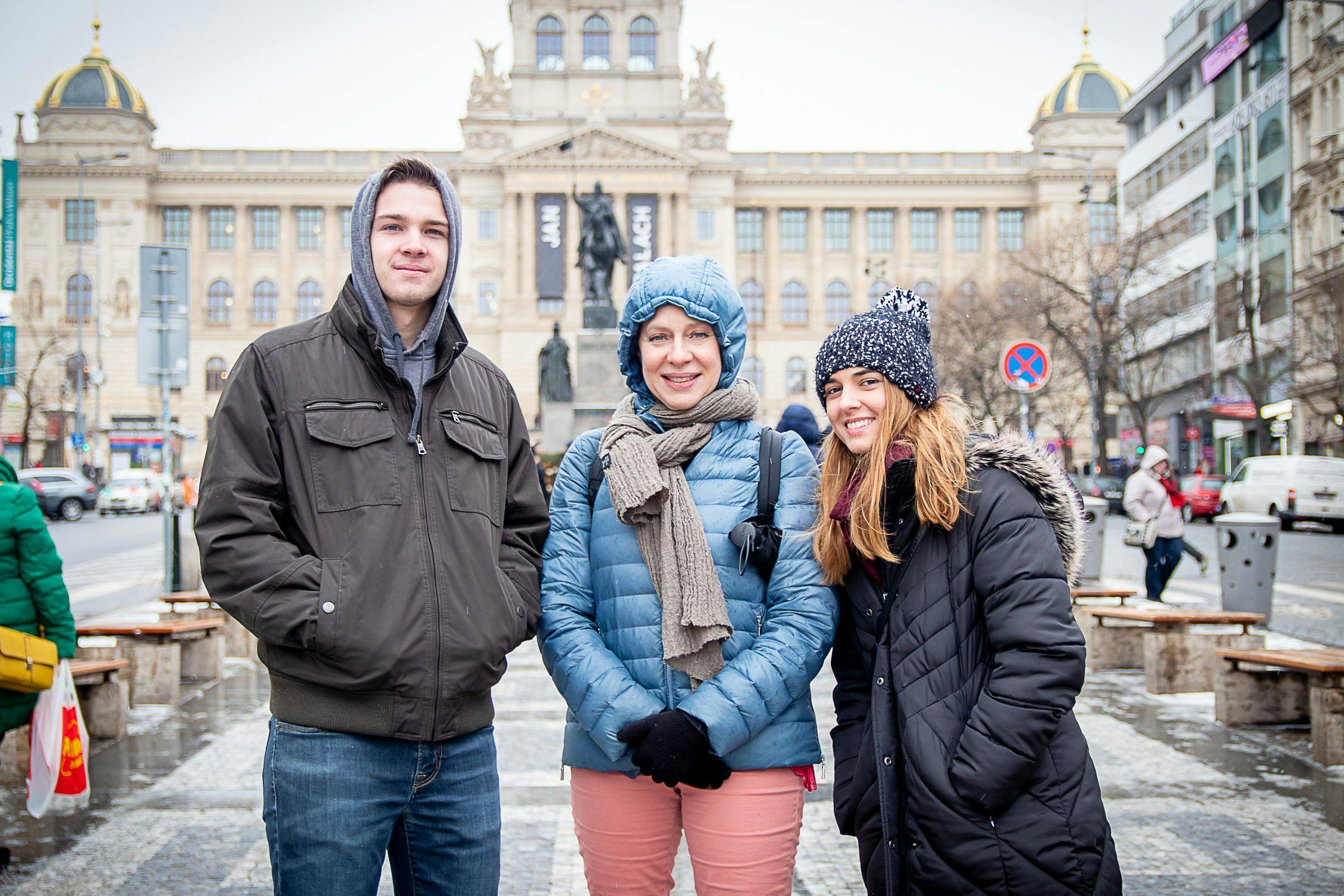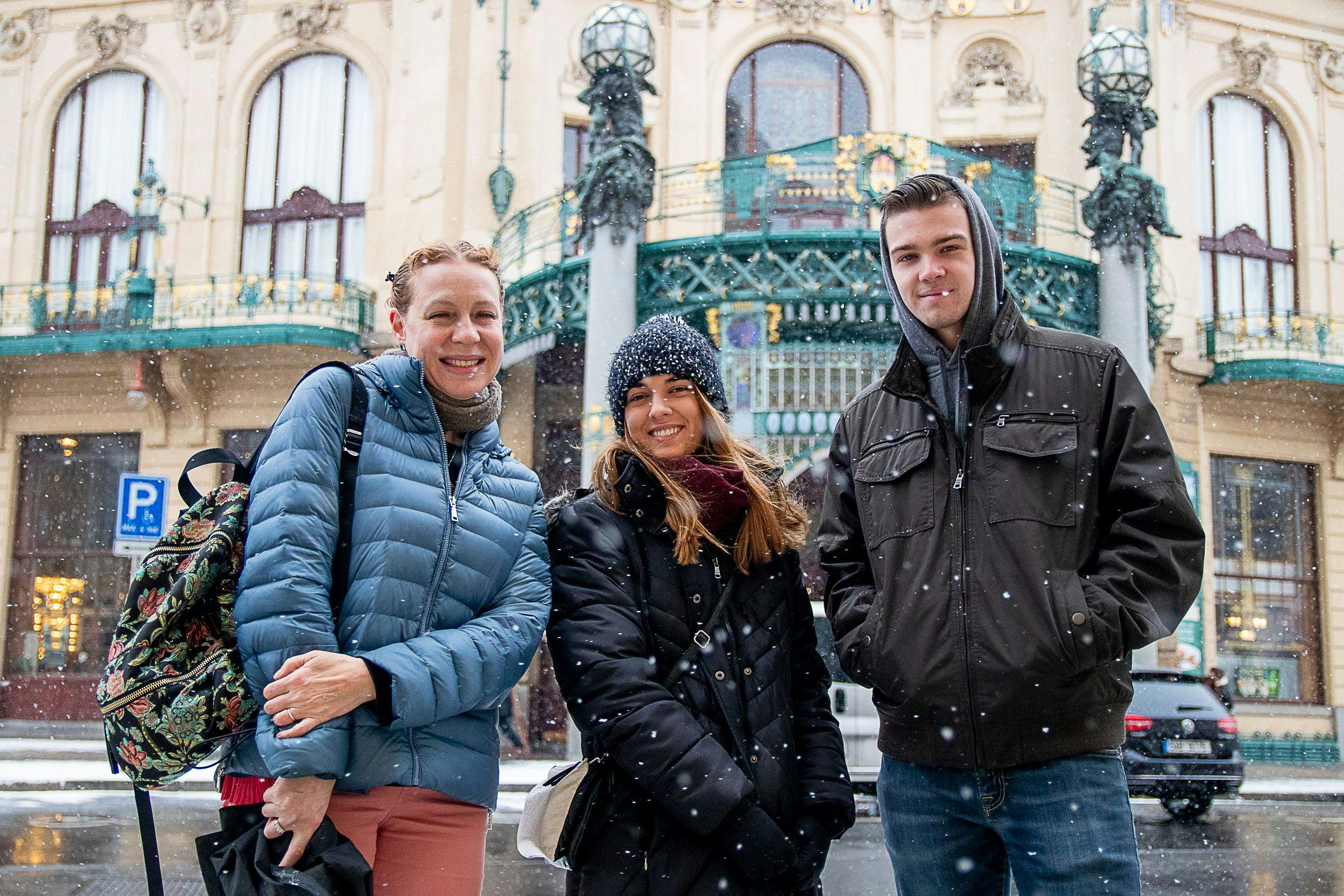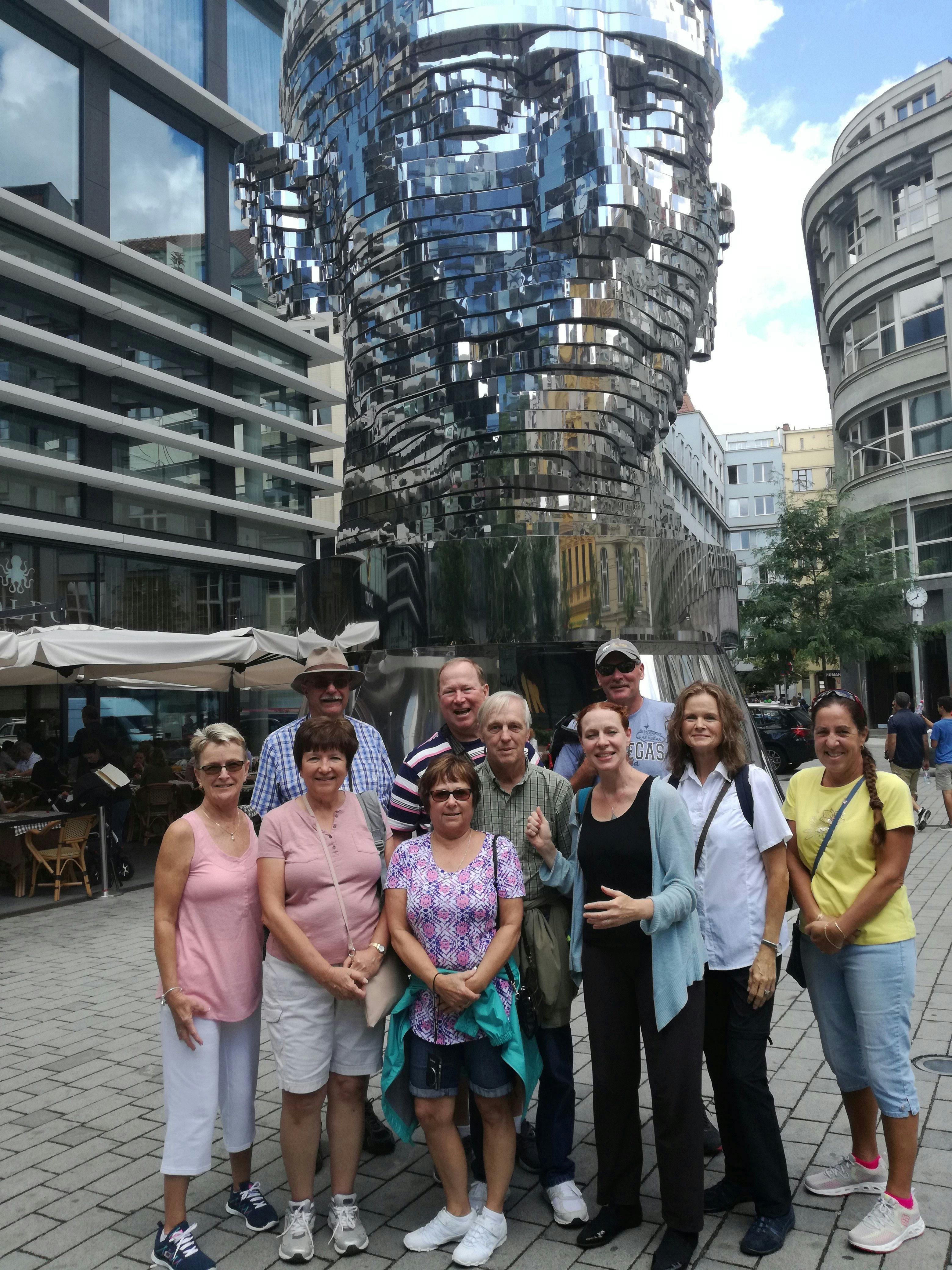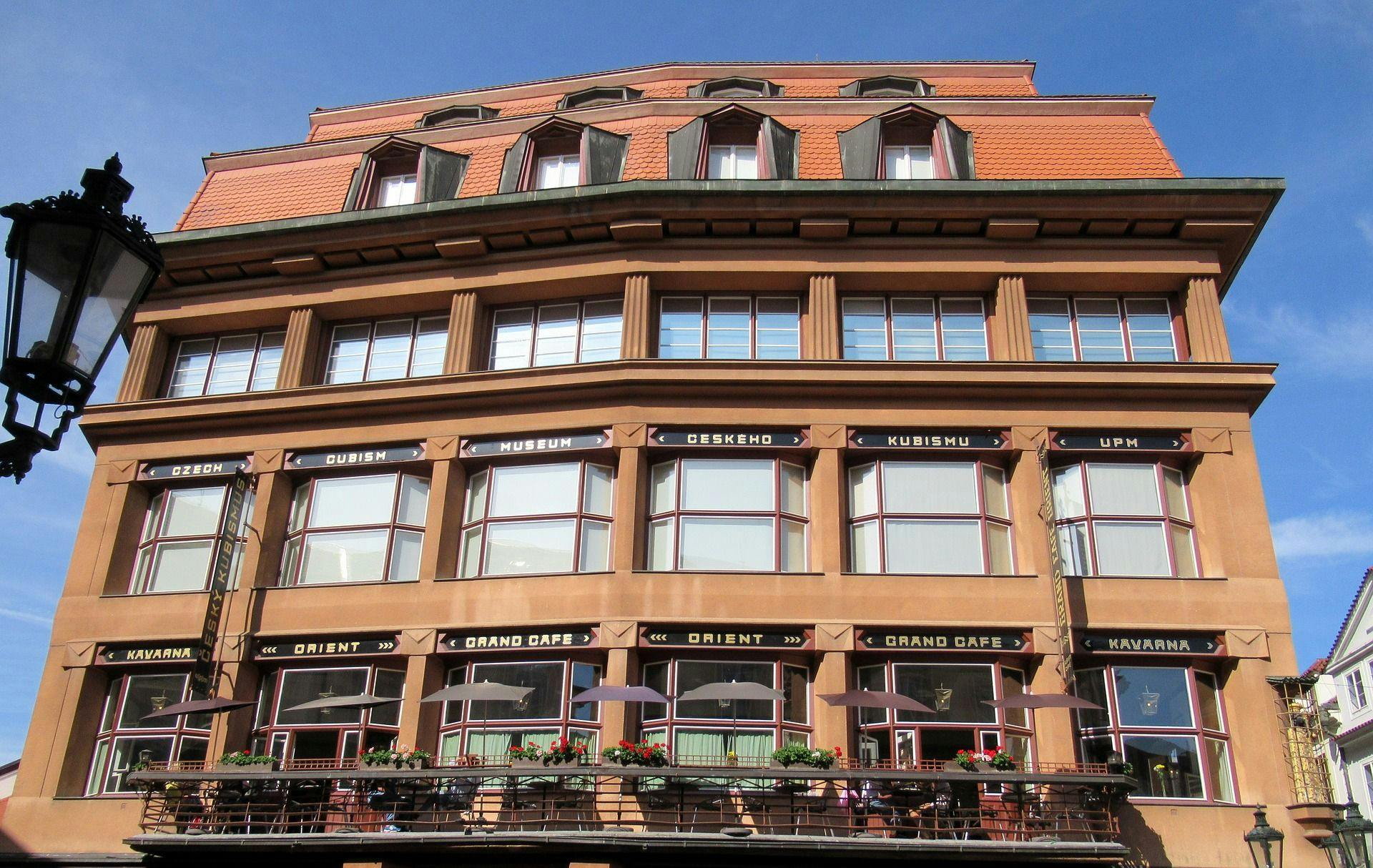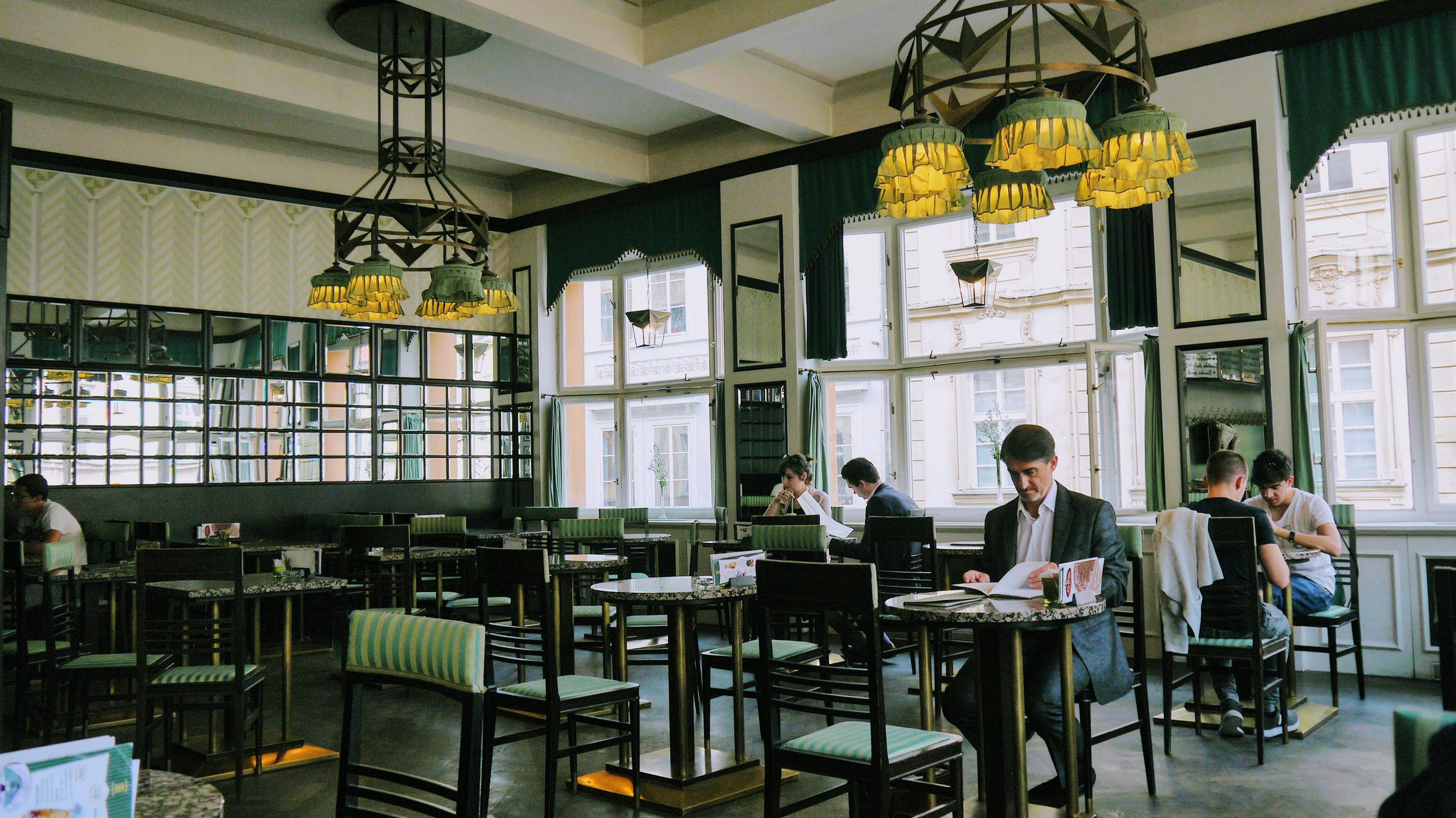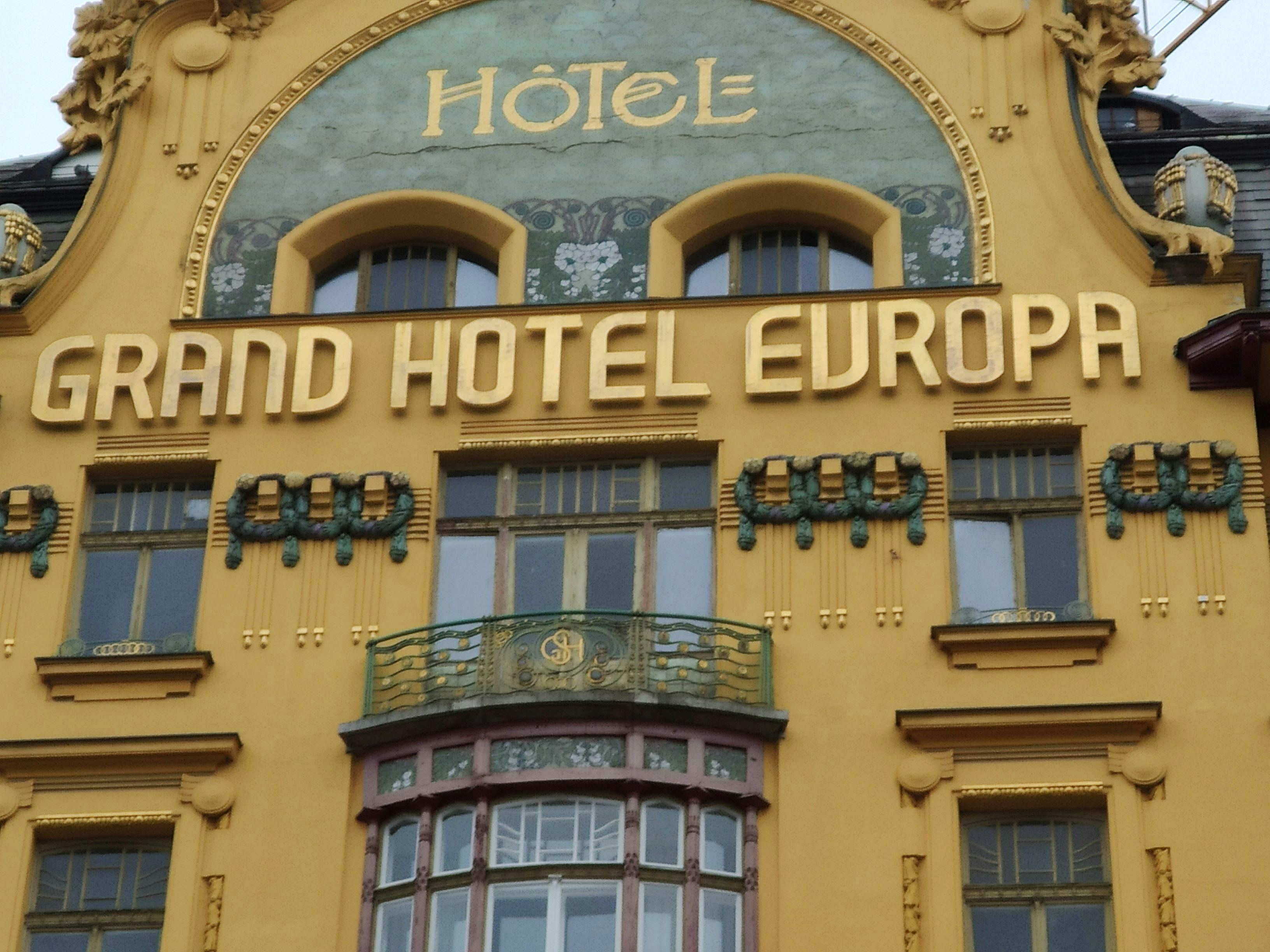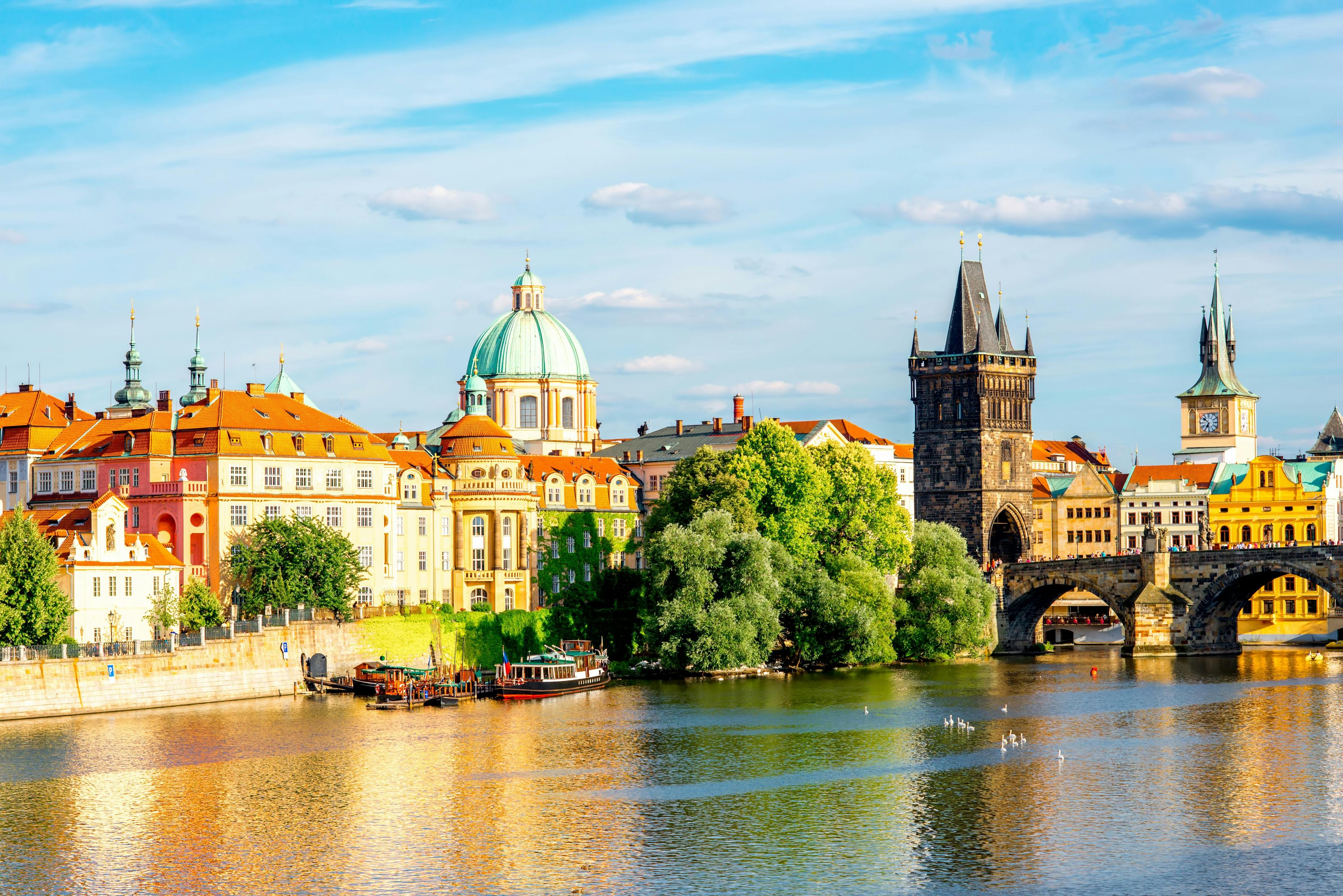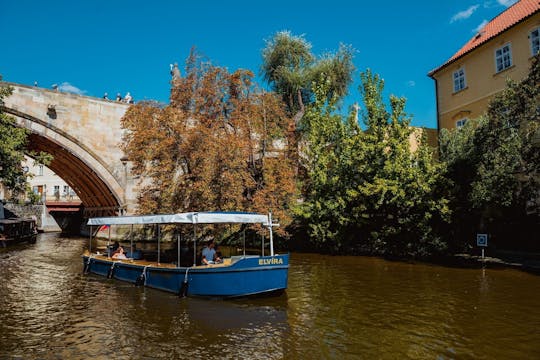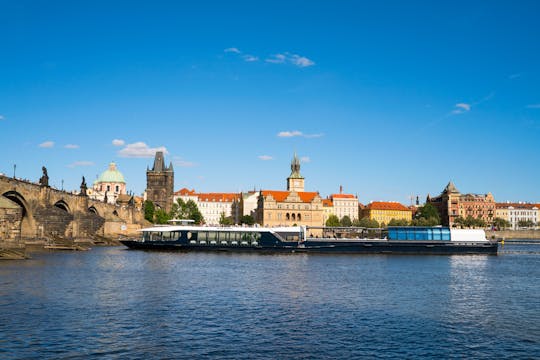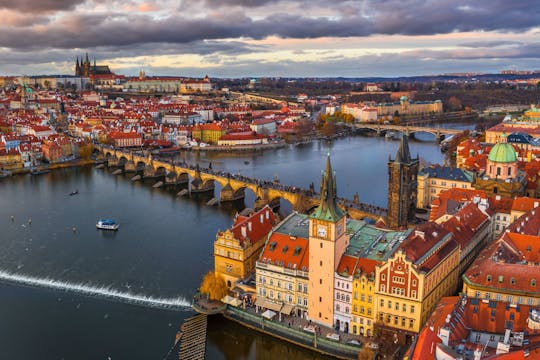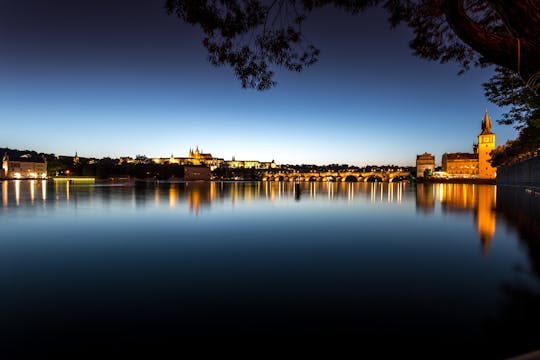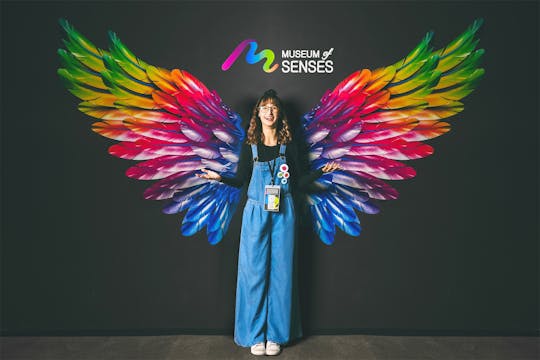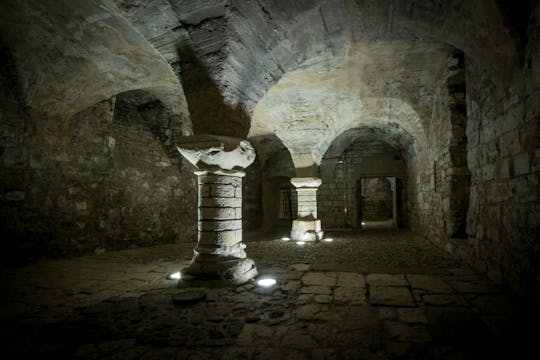This tour was named in July 2017 by the Week's Portfolio Magazine one of the five best architecture tours in Europe.
Art Nouveau has many names: Style Moderne, Style 1900, Style Métro, Style Mucha, Jugendstil, Sezession, Mouvement, and Ligne Belge. At the turn of the century, enthusiasm for this style circled the globe, and it was happily accepted by the artists of Prague, where it can be seen in the architecture among the Gothic and Baroque buildings of the city. With the beginnings of national revival activity in the city, the Art Nouveau movement linked itself to the city's changes. The Main Train Station, the magnificent Municipal House, and the entire district of Josefov (the former Jewish Ghetto), all contain examples of Art Nouveau and are considered some of the most beautiful structures in the city.
On your tour, you will be able to see the more common characteristics of Art Nouveau: intricate floral patterns in ironwork and mesmerizing, fairy-tale women with long hair. In order to further appreciate the style, you'll learn how the drastic changes in culture, from entertainment to modern conveniences, affected both the lively designs of buildings and their inner works. Buildings such as Prague's Municipal House are beautiful outside, but also are the first water, central heating, and power systems in the city.
Art Nouveau is not simply a new design style, but a pre-war standard for modern comforts and elegant surroundings for upper-class elite who traveled the world via ocean liners, drank cocktails, corresponded with telegrams, and read the latest fashion magazines. As a result, Art Nouveau is common in hotels, trendy bars, and train stations.
During the tour, you'll learn how to identify other forms of Art Nouveau, including gingko biloba leaves for facades, intricate light fixtures, and odd typography for building signs. You'll visit the enchanting Lucerna bar, which was once owned by Vaclav Havel’s family, and the elegant Grand Hotel Europa, both examples of Czech optimism for joining a modern Europe.
Throughout the walk, we'll also see examples of Prague’s Cubist and Rondocubist architecture, including The House of the Black Madonna (created by Josef Gočár in 1910 as an elegant department store) and the Legion’s Bank.

